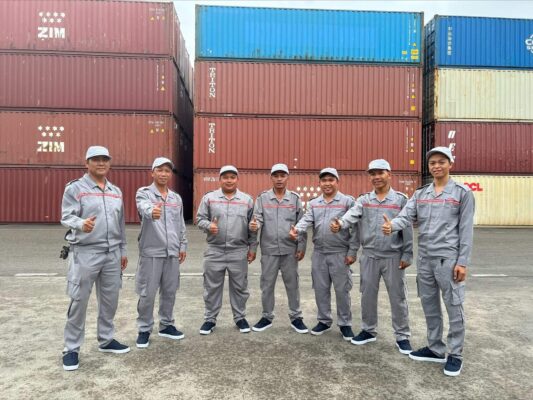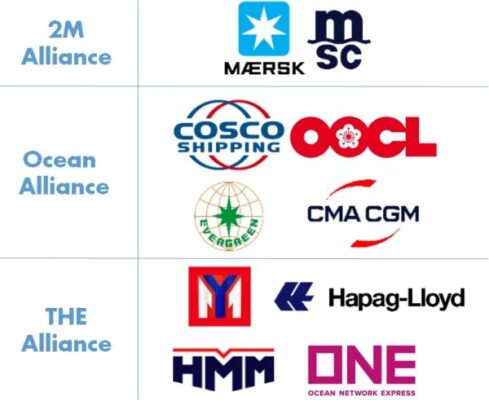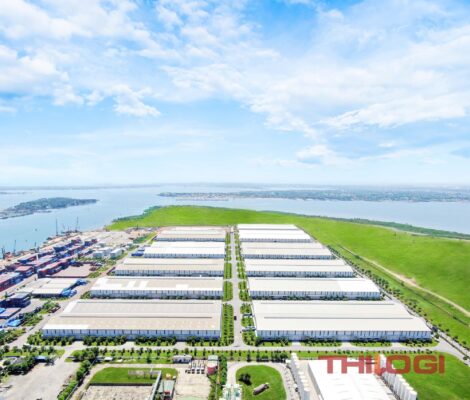|
TIN TỨC SỰ KIỆN
2025 — A NEW ERA FOR GLOBAL SHIPPING ALLIANCES
The year 2025 marks a significant shift in the container shipping industry as the dissolution of the 2M Alliance (Maersk & MSC) triggers a comprehensive restructuring of the global container transport market.
Currently, ocean shipping alliances control over 75% of global container capacity, creating intense competition and directly impacting global supply chains.
Key Shipping Alliances & Highlights
🔹 GEMINI COOPERATION (Maersk & Hapag-Lloyd)
- Targets 90% schedule reliability, far exceeding the post-pandemic industry average of 50%.
- Operates on a hub-and-spoke network model, similar to the aviation industry, covering:
- 29 mainline services and regional feeder connections
- Key trade lanes:
+Asia–US West Coast and East Coast
+Transatlantic routes
🔹 PREMIER ALLIANCE (ONE, Yang Ming, HMM)
- Focuses on major East–West trade lanes
- Deploys a fleet of over 240 vessels with a combined capacity of 1.9 million TEUs
- Provides 165 services across 120 countries
- Holds terminal stakes at key international ports:
- North America: TraPac (Oakland, Los Angeles), Yusen Terminals (Los Angeles)
- Northern Europe: Rotterdam World Gateway (Netherlands)
- Southeast Asia: Magenta Singapore Terminal
🔹 OCEAN ALLIANCE (COSCO SHIPPING, Evergreen, CMA CGM)
- Partnership extended to 2032
- Fleet capacity:
- CMA CGM (France): 662 vessels (3.9 million TEUs)
- COSCO SHIPPING (China): 512 vessels (3.3 million TEUs)
- EVERGREEN (Taiwan): 224 vessels (1.8 million TEUs)
- COSCO SHIPPING currently has 52 new vessels under construction, totaling 881,000 TEUs, accounting for 26% of its existing capacity
🔹 Independent Carrier — MSC
- Operates independently following the 2M breakup
- Owns the largest container vessel fleet globally with 887 vessels (6.4 million TEUs), accounting for over 20% of global market share
- Leads the market in newbuilding orders, with 130 vessels on order (equivalent to 2 million TEUs), representing over one-third of its current capacity




